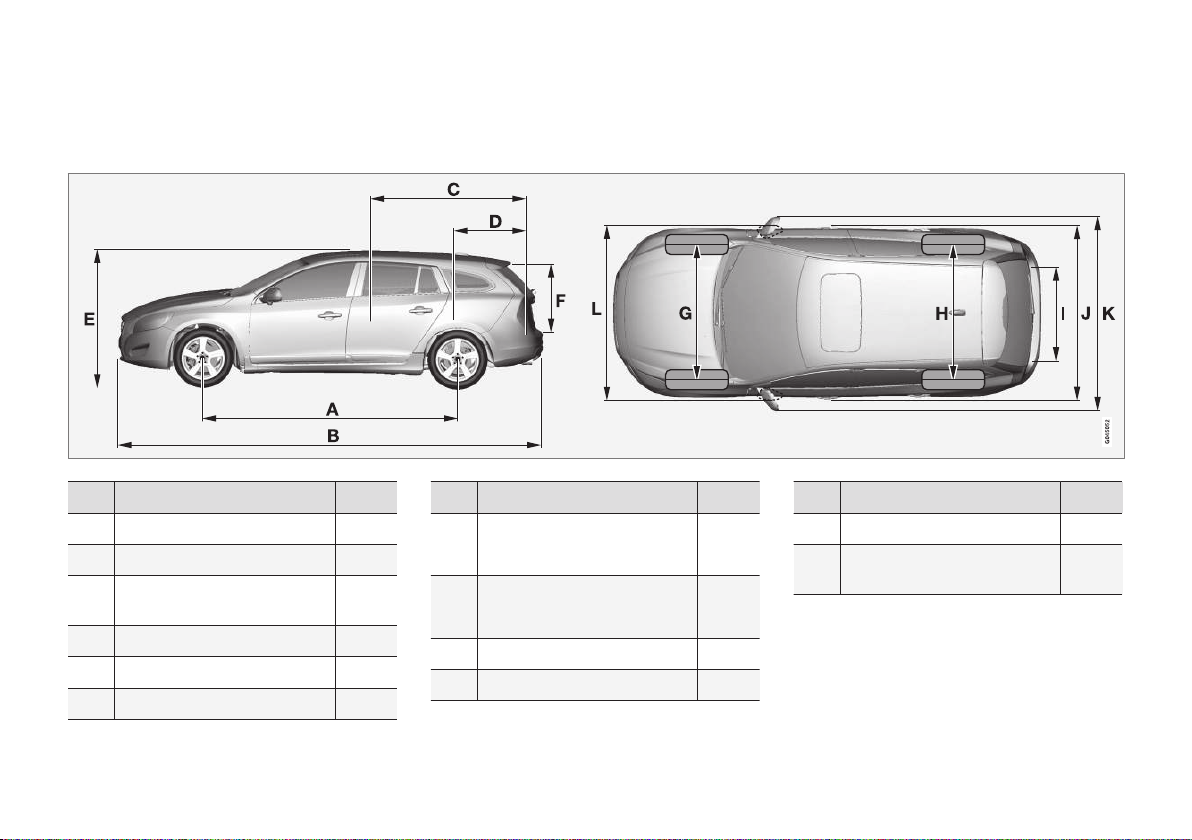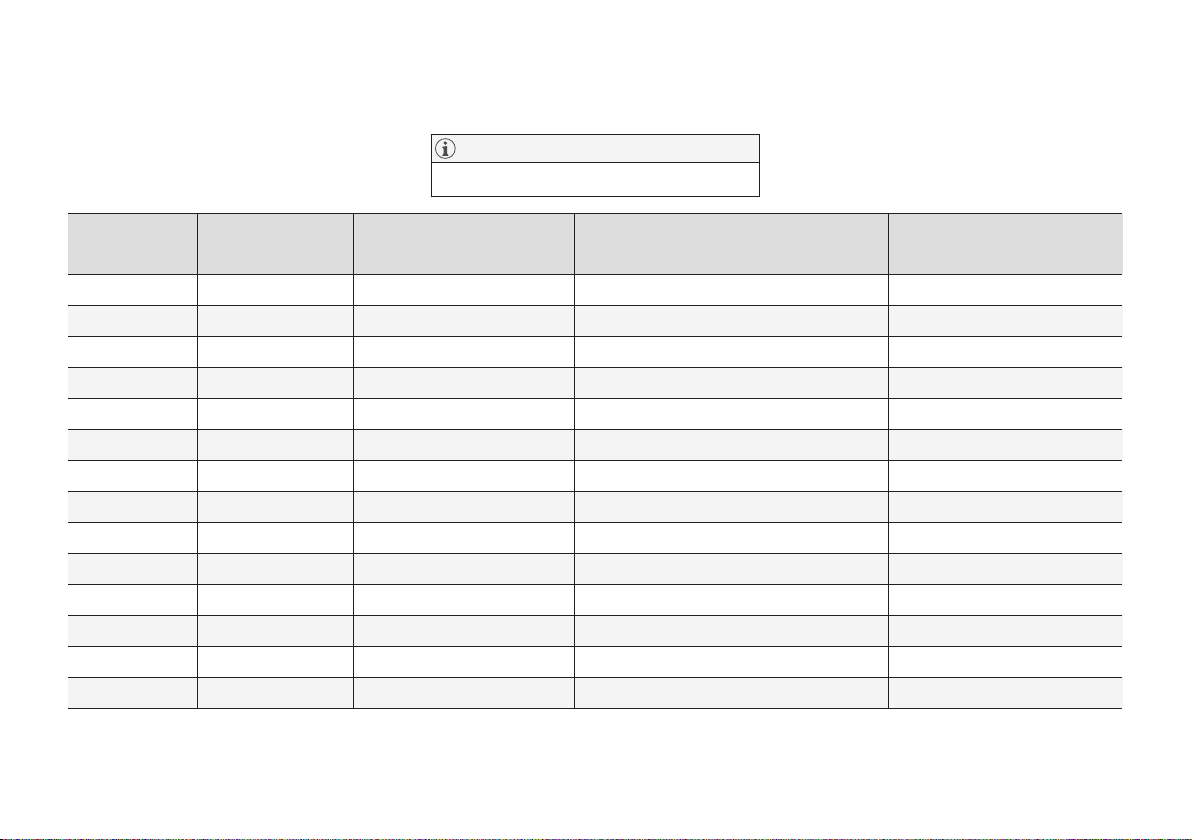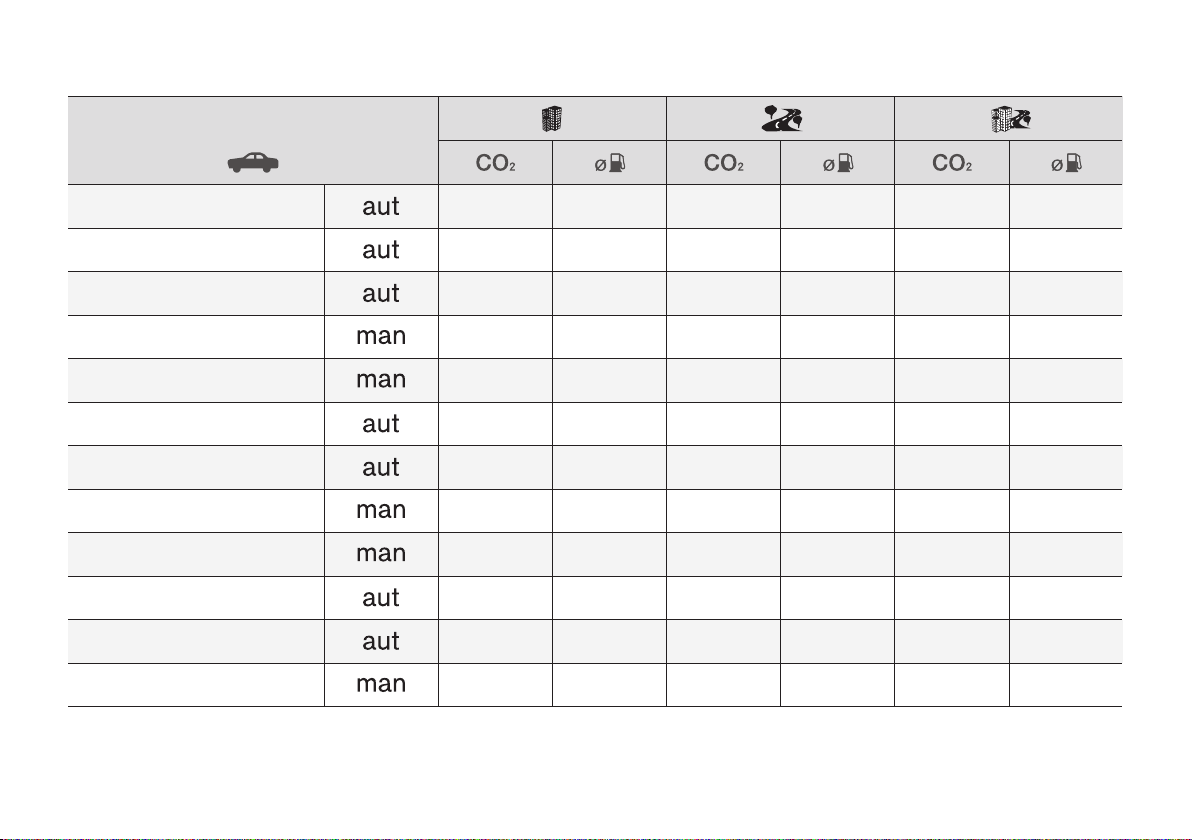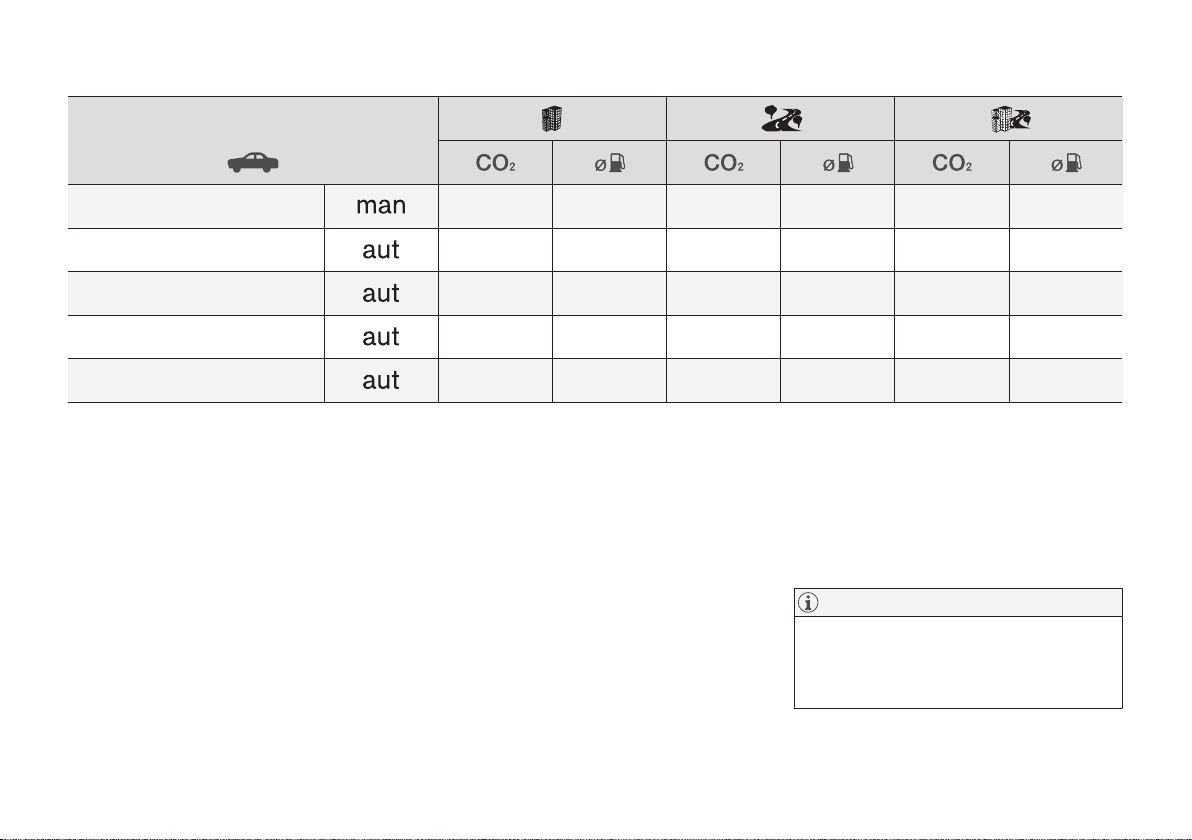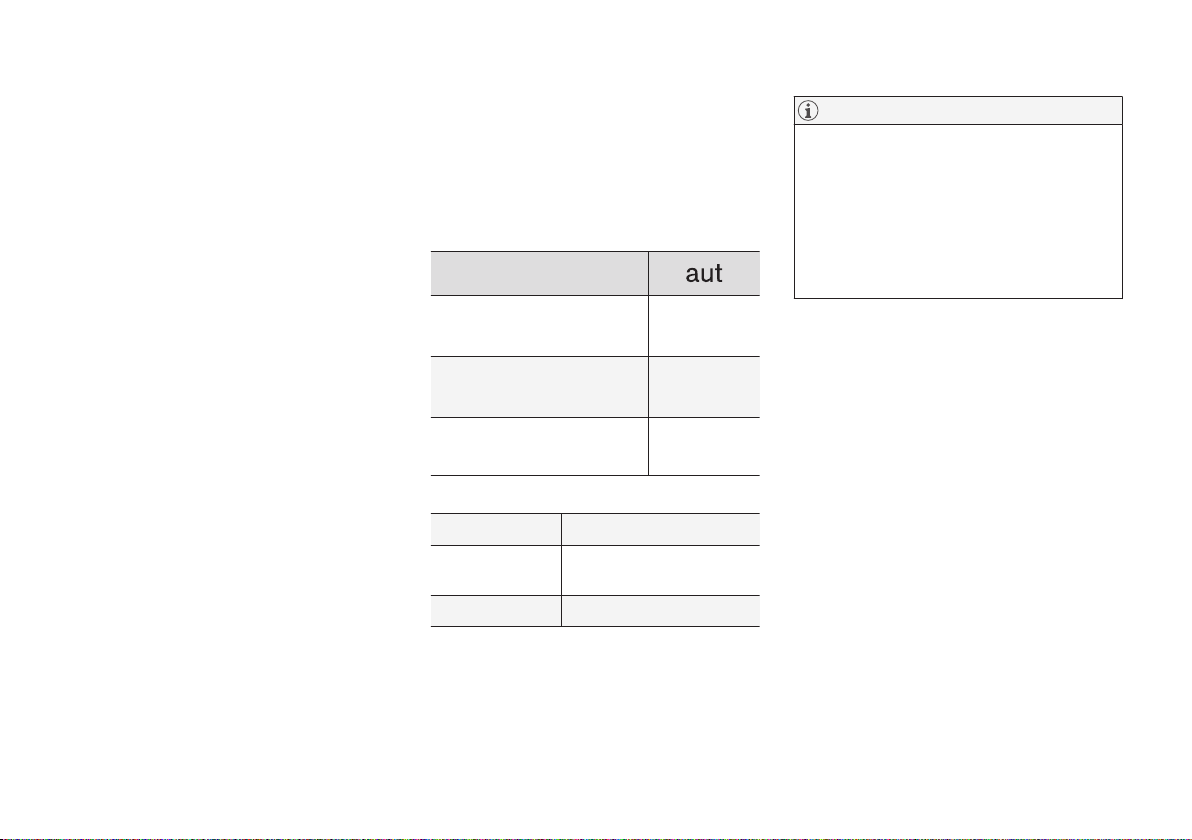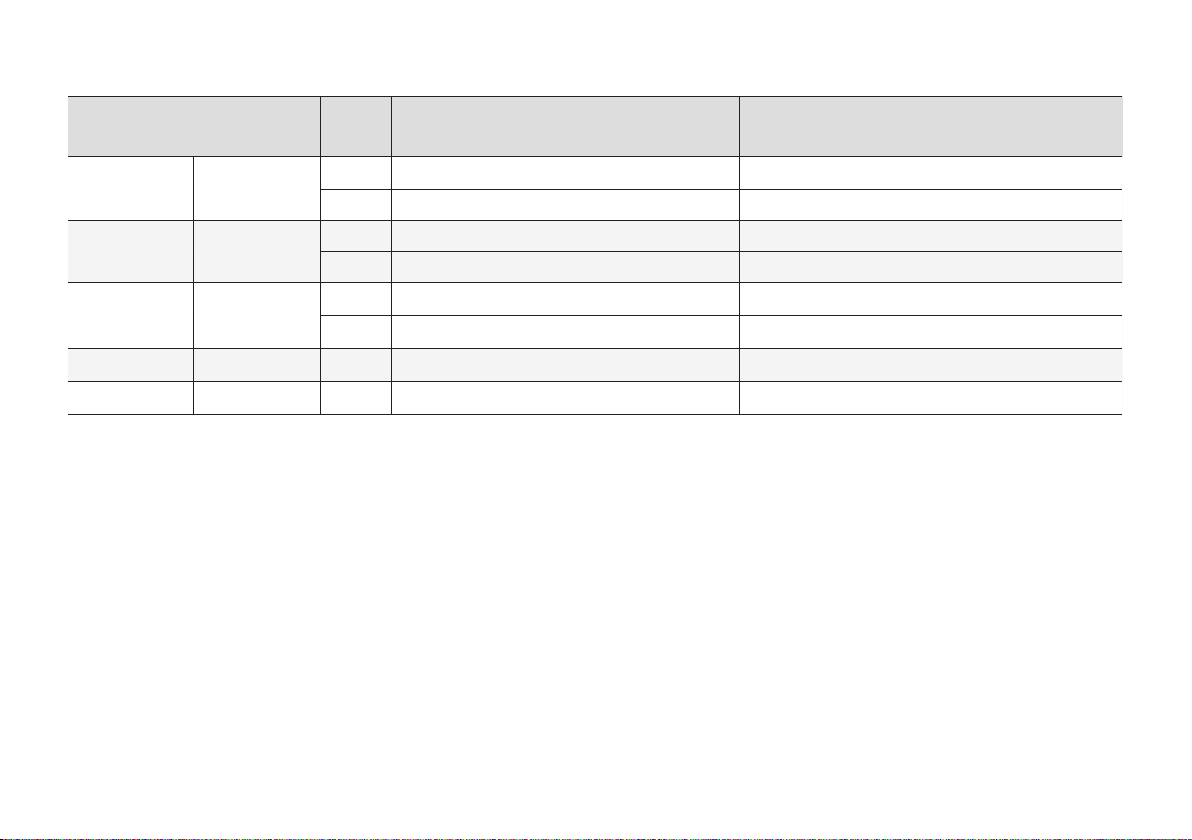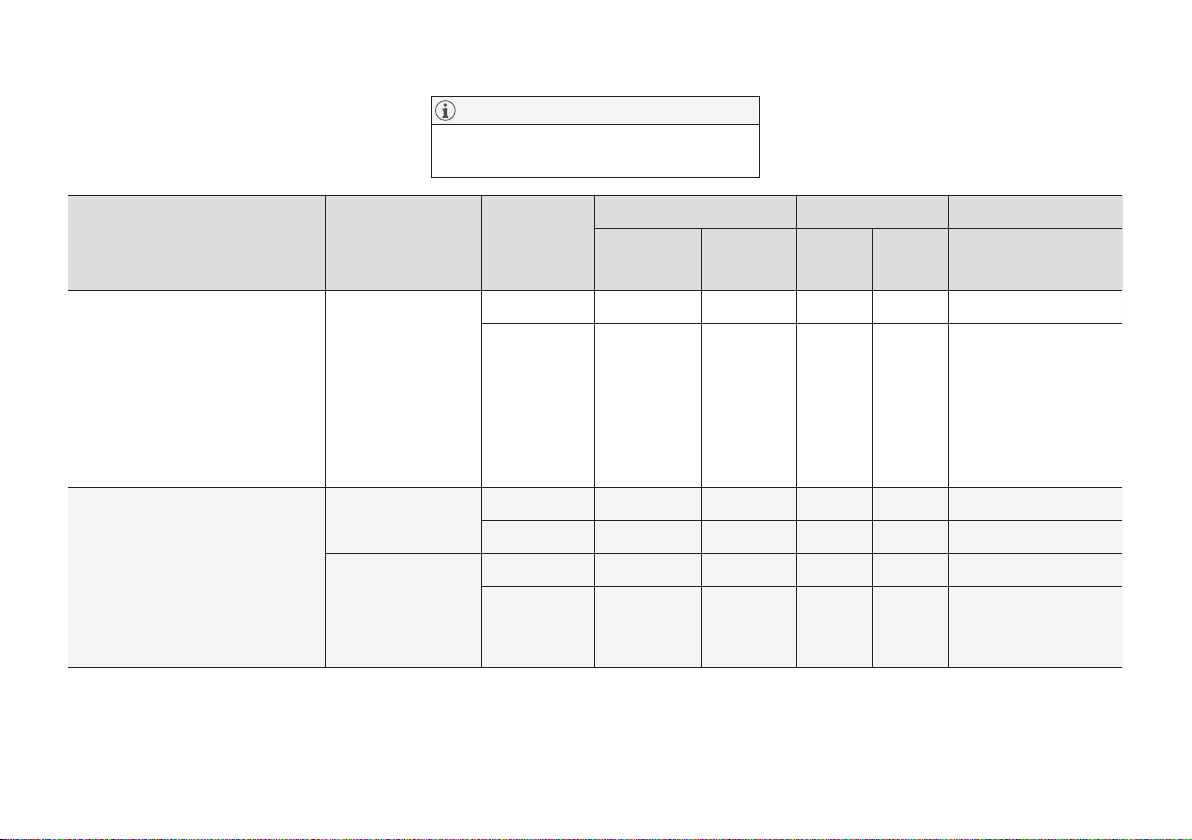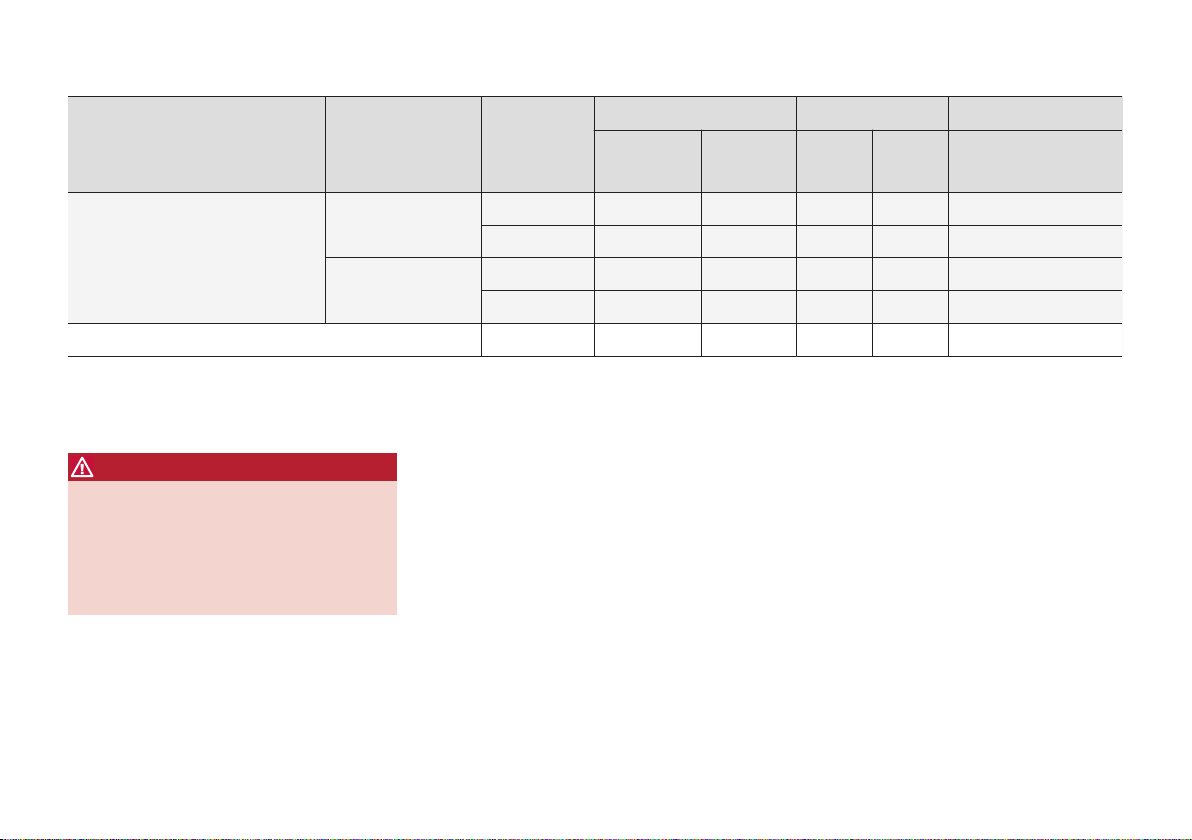INTRODUCTION
}}
* Option/accessory. 23
Contributing to a better environment
An energy-efficient and fuel-efficient car not only
contributes to a reduced impact on the environ-
ment, but also means reduced costs for the
owner of the car. As the driver, it is easy to
reduce fuel consumption and thereby save
money and contribute to a better environment -
here is some advice:
•Plan for an effective average speed. Speeds
above approx. 80 km/h (50 mph) and below
50 km/h (30 mph) lead to increased energy
consumption.
•Follow the Service and Warranty Booklet's
recommended intervals for service and main-
tenance of the car.
•Avoid letting the engine idle - switch off the
engine when stationary for longer periods.
Pay attention to local regulations.
•Plan the journey - a lot of unnecessary stops
and uneven speed contribute to increased
fuel consumption.
•If the car is equipped with an engine block
heater*, use it before starting from cold - it
improves starting capacity and reduces wear
in cold weather and the engine reaches nor-
mal operating temperature more quickly,
which lowers consumption and reduces
emissions.
Also remember to always dispose of environmen-
tally hazardous waste, such as batteries and oil, in
an environmentally safe manner. Consult a work-
shop in the event of uncertainty about how this
type of waste should be discarded - an author-
ised Volvo workshop is recommended.
Following this advice can save money, the plan-
et's resources are saved, and the car's durability
is extended. For more information and further
advice see Eco guide (p. 70), Economical driv-
ing (p. 319) and Fuel consumption (p. 440).
Efficient emission control
Your Volvo is manufactured following the concept
"Clean inside and out" – a concept that encom-
passes a clean interior environment as well as
highly efficient emission control. In many cases
the exhaust emissions are well below the applica-
ble standards.
Clean air in the passenger
compartment
A passenger compartment filter prevents dust
and pollen from entering the passenger compart-
ment via the air intake.
The Interior Air Quality System (IAQS)* ensures
that the incoming air is cleaner than the air in the
traffic outside.
The system cleans the air in the passenger com-
partment from contaminants such as particles,
hydrocarbons, nitrous oxides and ground-level
ozone. If the outside air is contaminated then the
air intake is closed and the air is recirculated.
Such a situation may arise in heavy traffic,
queues and tunnels for example.
IAQS is a part of the Clean Zone Interior Pack-
age (CZIP)*, which also includes a function that
allows the fan to start when the car is unlocked
with the remote control key.
Interior
The material used in the interior of a Volvo is
carefully selected and has been tested in order to
be pleasant and comfortable. Some of the details
are hand-made, such as the seams of the steer-
ing wheel that are sewn by hand. The interior is
monitored in order not to emit strong odours or
substances that cause discomfort in the event of
e.g. high heat and bright light.
Volvo workshops and the environment
Regular maintenance creates the conditions for a
long service life and low fuel consumption for
your car. In this way you also contribute to a
cleaner environment. When Volvo's workshops
are entrusted with the service and maintenance
of your car it becomes part of Volvo's system.
Volvo makes clear demands regarding the way in
which workshop premises shall be designed in
order to prevent spills and discharges into the
environment. The workshop staff have the knowl-
edge and the tools required to guarantee good
environmental care.
Recycling
Since Volvo works from a life cycle perspective, it
is also important that the car is recycled in an
environmentally sound manner. Almost all of the
car can be recycled. The last owner of the car is



































































































































































































































































































































































































































